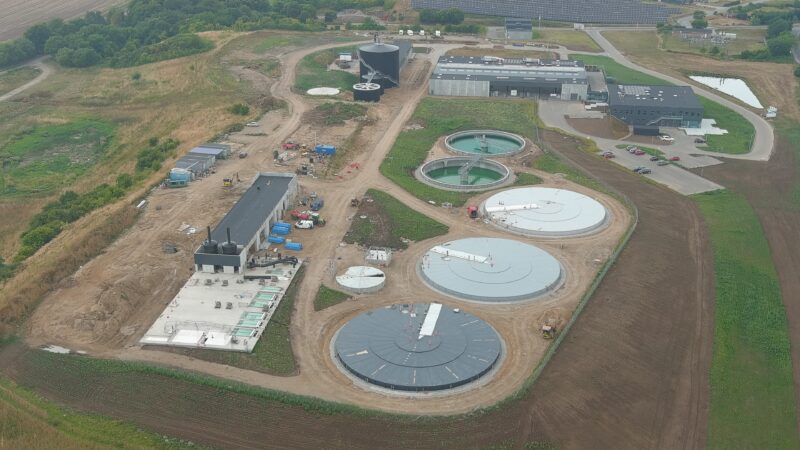Solution provider

We provide state-of-the-art services within engineering, environmental science and economics with due consideration for the environment and society.
Case
Wastewater treatment
Non-revenue water
Wastewater management


We provide state-of-the-art services within engineering, environmental science and economics with due consideration for the environment and society.
Add the case to your visit request and let us know that you are interested in visiting Denmark
Photo credit: COWI
The existing wastewater treatment plant in Assens Municipality were worn out and needed an update to be able to ensure a sustained high level of service and to be able to meet future requirements. In addition, a structural analysis showed that it would be both economically and environmentally optimal to centralize wastewater treatment at a new central treatment plant. A significant part of the wastewater to the municipal WWTP consist of industrial wastewater with a high content of easily degradable organic matter which allows for optimal wastewater treatment with high energy production.
The space conditions at the existing wastewater treatment plant in Assens do not allow for the plant to be expanded. Assens City Council has therefore decided to build a new, unified facility with improved capacity and state-of-the-art technology.
By centralizing the wastewater treatment plant structure in the form of a new WWTP at Assens, emphasis is placed on the following advantages:
Assens New WWTP is located in a new utility park and replaces eight smaller wastewater treatment plants in the municipality. With the desired centralization, a new and future-proof plant with a capacity of 100,000 P.E. (person equivalents) will be established, with the possibility of increasing capacity by a further 50,000 P.E.
With implementation of new innovative technology, it is possible to operate the plant as an energy-producing plant. In connection with the treatment plant, a biogas plant will be established that allows optimal utilization of the industrial wastewater and sludge for energy production and reduces the amount of sludge.